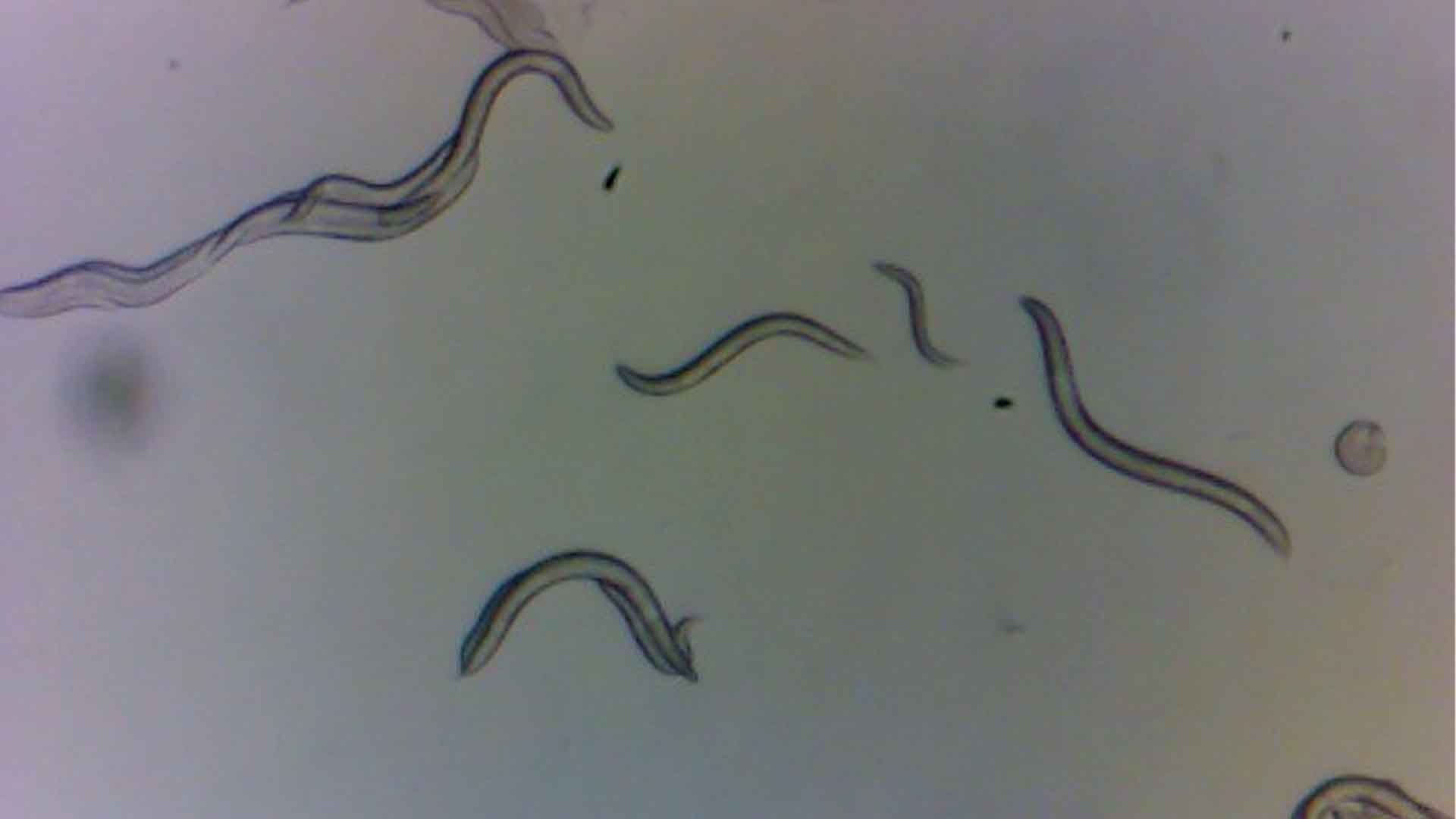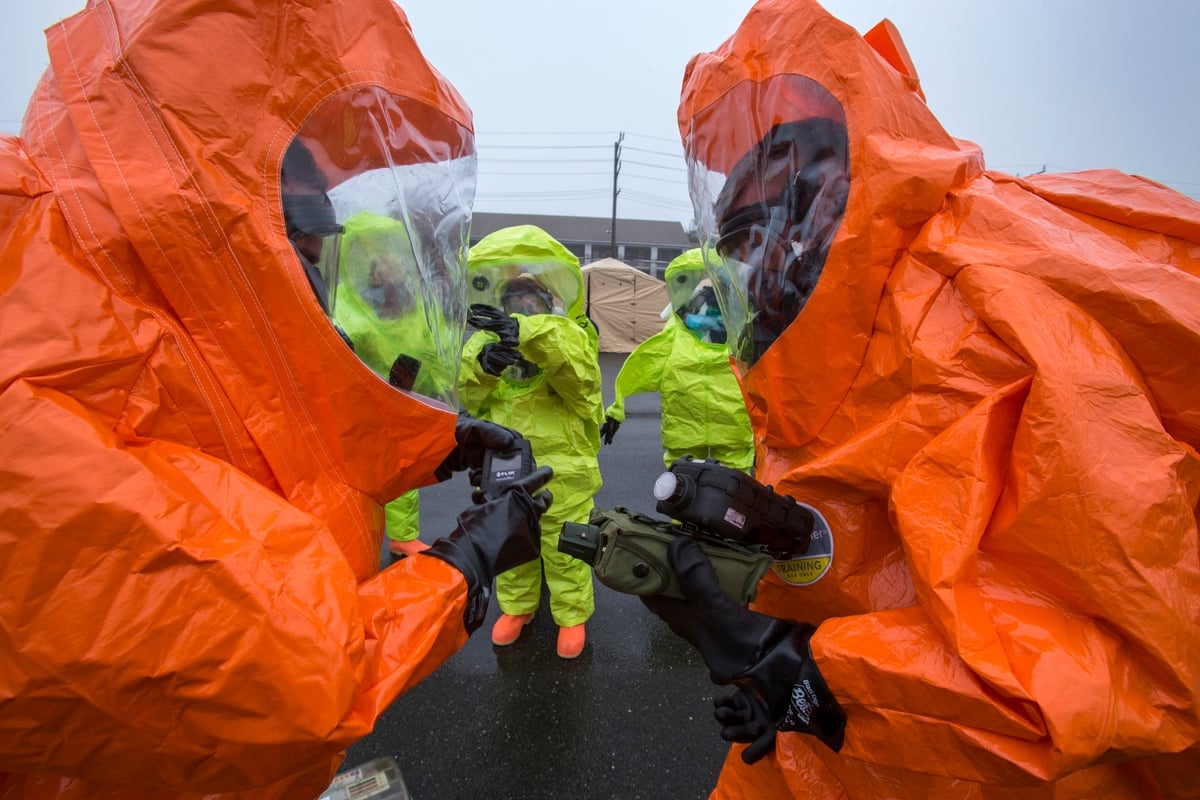Microscopic Worms Are Thriving in Chernobyl’s Radioactive Wilderness
On April 26, 1986, a reactor at the Chernobyl Nuclear Power Plant exploded, releasing massive amounts of radioactive material into the environment. The surrounding area, including the nearby town of Pripyat, became a hazardous zone, uninhabitable for humans for thousands of years.
Despite the danger, wildlife has returned to the area in surprising ways.
The Chernobyl Exclusion Zone Today
The Chernobyl Exclusion Zone (CEZ) spans 2,600 square kilometers and is strictly off-limits without government approval.

Image Source: ArticCynda/Wikimedia Commons
This area, once bustling with human activity, is now a radioactive wildlife sanctuary. Animals roam freely, creating an unusual and eerie habitat amidst the remnants of the disaster.
Meet the Resilient Nematodes
Nematodes, microscopic roundworms, have been discovered thriving in the CEZ. These tiny creatures show no signs of radiation damage, a finding that astonished scientists.

Source: Sophia Tintori/NYU
This resilience raises questions about their ability to adapt to extreme conditions and what it means for other species, including humans.
Researching the Worms
A team of biologists, led by Sophia Tintori from New York University, collected hundreds of nematodes from the CEZ.

Source: Christopher Furlong/Getty Images
Using Geiger counters and protective suits, they gathered samples from soil, rotten fruit, and leaf litter. The worms were then cultured in a lab, and 15 specimens were selected for genome sequencing.
Comparing Genomes
The sequenced genomes of the CEZ worms were compared to those from nematodes in the Philippines, Germany, the United States, Mauritius, and Australia.

Source: Freepik
Surprisingly, the CEZ worms showed no large-scale chromosomal rearrangements or increased mutation rates, despite their radioactive environment.
Lack of DNA Damage
The research found no correlation between the worms’ mutation rates and the ambient radiation levels. Even the descendants of these worms displayed no significant genetic impact from the CEZ environment.

Source: Warren Umoh/Unsplash
This suggests a remarkable level of resilience and adaptability among these nematodes.
Insights for Human Medicine
Understanding how these nematodes withstand radiation could have significant implications for human medicine.

Source: Wikimedia
By studying the genetic factors that allow these worms to repair DNA damage, scientists hope to uncover new ways to protect humans from carcinogens and other DNA-damaging agents.
Potential Cancer Research Breakthroughs
Tintori’s team aims to use their findings to explore why some individuals are more susceptible to cancer than others.

Source: Freepik
By examining the different tolerance levels to DNA damage among nematode strains, they hope to identify key mechanisms that could be applied to cancer research.
Life in the Radioactive Zone
The presence of these resilient nematodes in Chernobyl highlights the complex and often surprising ways life can adapt to extreme environments.

Source: National Guard of the United States
The CEZ has become a natural laboratory, offering unique opportunities to study the long-term effects of radiation on living organisms.
A Future of Discoveries
As research continues, scientists are eager to uncover more secrets hidden in Chernobyl’s radioactive wilderness.

Source: Sebastian Unrau/Unsplash
Each discovery adds to our understanding of resilience and adaptation, providing valuable insights that could one day benefit human health and safety.
Quotes from the Researchers
“Chornobyl was a tragedy of incomprehensible scale, but we still don’t have a great grasp on the effects of the disaster on local populations,” said Tintori.

Source: Misha Friedman/Getty Images
Her team’s findings are a step toward answering these critical questions and understanding the long-term impacts of radiation.
A New Perspective on Chernobyl
The discovery of thriving nematodes in Chernobyl challenges our perceptions of life in extreme conditions.

Source: Dan Meyers/Unsplash
It serves as a reminder of nature’s resilience and the potential for scientific breakthroughs in even the most unexpected places.
